There are many, many things teachers can do with this novel. Students can read about the different Kenyan refugee camps or watch this Politics and Prose video where the authors of the novel share their stories.
With my students, we did a number of things. There are two in particular that I will share today.
- Collaborative found poetry to uncover themes.
- Characterization Posters
Collaborative Found Poetry
Found poems take existing words, phrases, lines from a text and are reordered into a poem. A literary collage of a text. In this instance, each student in their groups of 4-5, found 2 significant lines. Lines that stood out to them personally. Lines that were powerful. Each student wrote their lines down and shared them with their small group. Students then worked to write 1 poem using the lines from the text (see image 1). Students shared the poems with the whole class, and we discussed themes that arose out of reading the poetry.
In my experience, characterization can sometimes be tricky for students as they tend to stick to what the character looks like. We expanded this to include not only the physical description, but also each character’s personality, thoughts, and actions, and how other characters think/act around the focal character.
Each group chose their favorite character and were given the following assignment sheet.
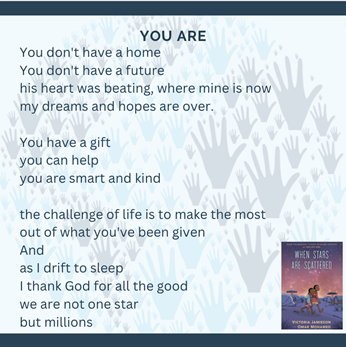
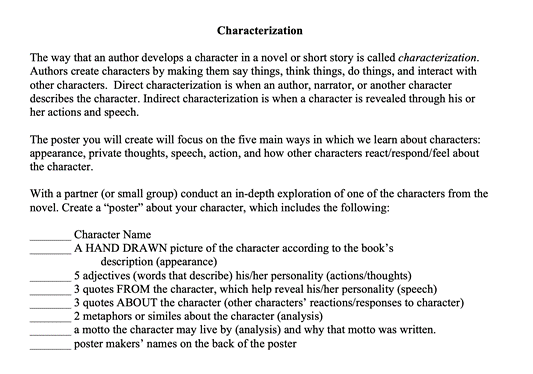
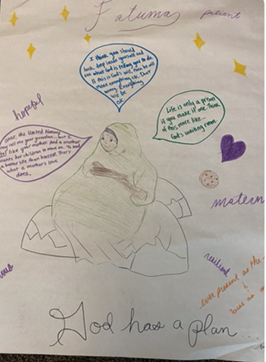
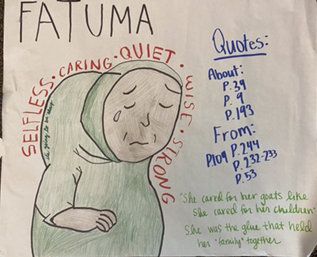
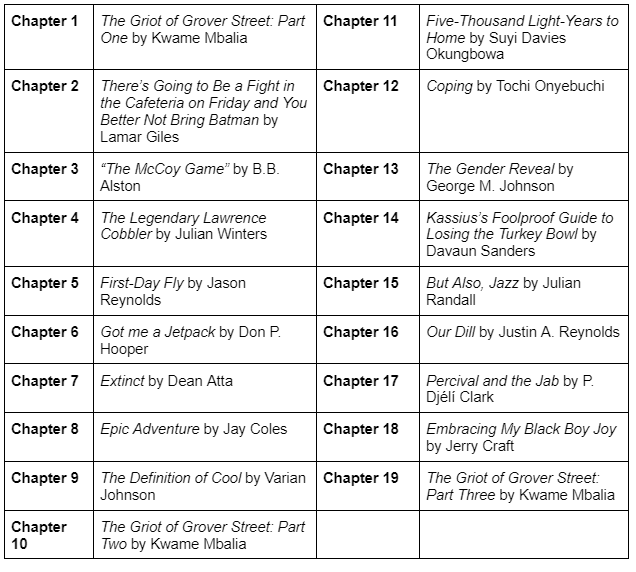
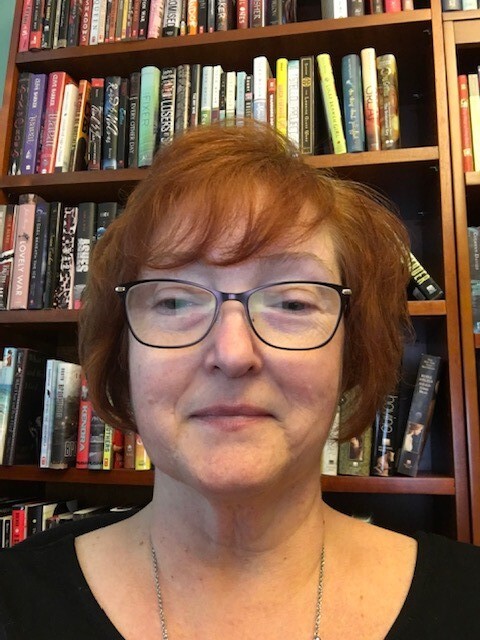
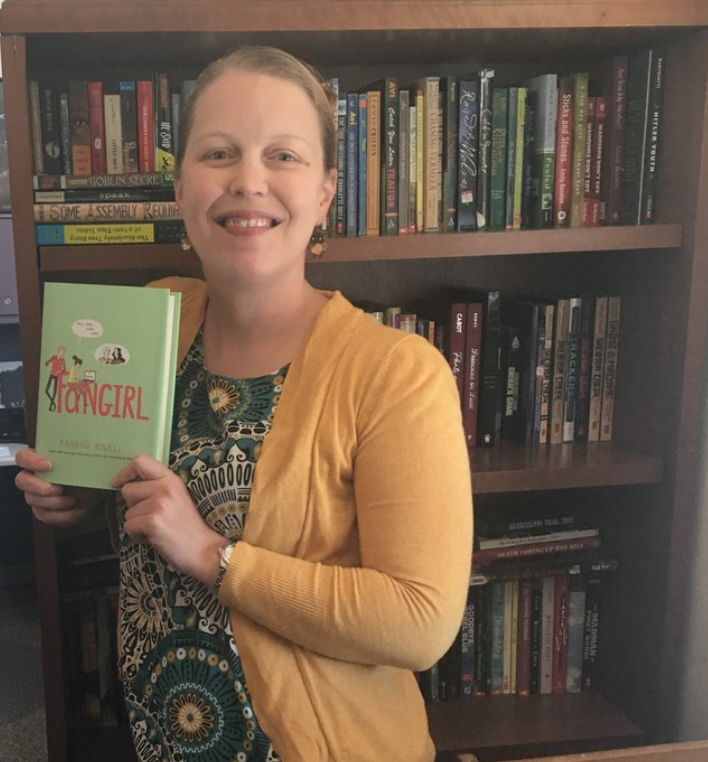


 RSS Feed
RSS Feed